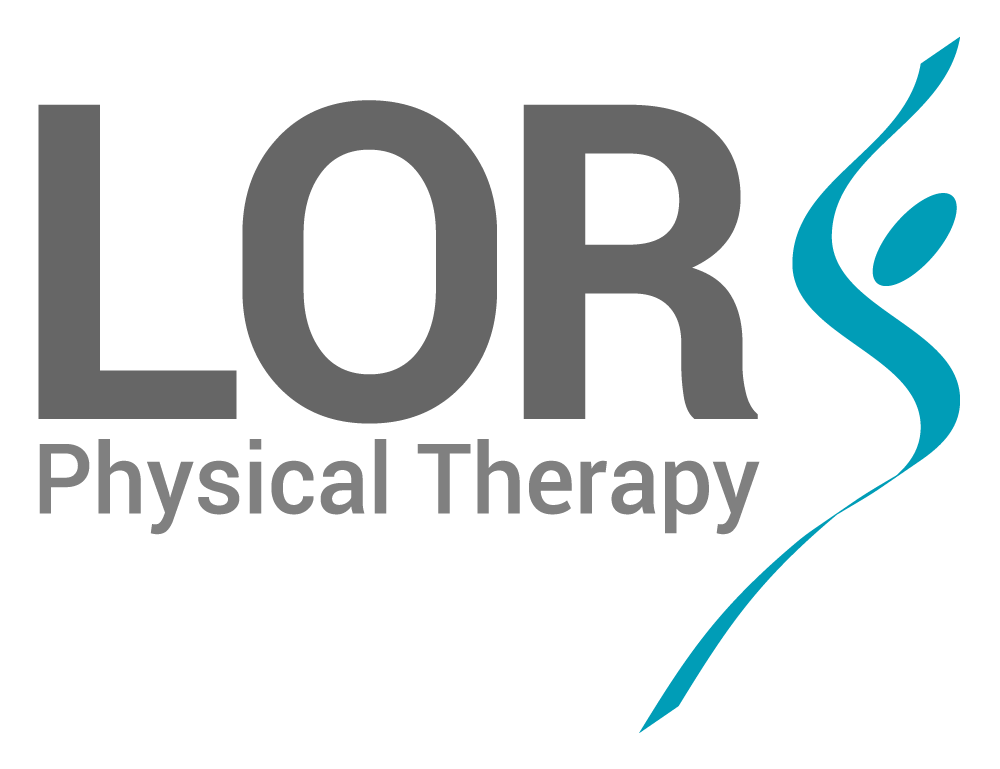How Well Do You Breathe?
How do you breathe?
Have you ever stopped to think about it?
For such a basic idea it’s often something we neglect.
We don’t generally think too hard about breathing because it’s an automatic process we’ve been doing since birth. Interestingly, despite how simple it is, there are some really important ideas to consider.
Ideas that can shape how you feel and function on a daily basis.
In short, the way we breathe counts.
How Should We Breathe?
Traditionally we should spend the majority of our day breathing deeply through our nose with the help of our lower rib cage and belly.
Our nasal cavity is directly linked to our respiratory system. Its pathway is lined with filters and physiological processes that optimize the breathing process. It allows us to best access our most important breathing muscle - the diaphragm.
It's also aligned with our Parasympathetic nervous system, the one charged with the responsibility for down-regulating and de-stressing.
But for a number of reasons we have slowly moved away from this pattern of breathing and more towards a “stress breathing” pattern - to our detriment.
The Stress Breathing Pattern
The majority of modern humans are surrounded by stress. Moments that challenge us and force our bodies to respond.
This response is traditionally seen as the “Fight or Flight” response - where our physiology changes based on the circumstances we find ourselves in.
From a breathing perspective, stressful situations come with “stress breathing” patterns.
We often transition from relaxed, nasal breathing to more of a mouth breath.
Similarly, we are less inclined to deeply diaphragmatically breathe and instead use the upper reaches of our chest and breathe more shallow.
The body associates this pattern with stress, just as it associates nasal, belly breathing with relaxation.
For example, if you watch someone towards the end of a long run you may see them puffing and panting with their mouth open and their chest heaving. Their body is adapting to keep them going. The same process happens - albeit at a far less obvious rate, to most of us during the day.
Sitting Can Lead To Stress Breathing
This is an interesting point to make. Not only are we living in a more chronically stressful modern environment, but our thirst for sitting can compound this process.
Prolonged sitting can also force us to adopt a more stressful breathing pattern over time.
Poor postures and shapes when coupled with stimulating and stressful situations can shunt us more towards a stress breathing pattern.
Constant slouching can deny the body full access to the diaphragm forcing us to use the chest to compensate. If we do this enough our body can get used to doing it.
So What Should We Be Aware Of?
Firstly, stop for a moment and take note of two things.
Are you breathing through your mouth or nose?
Are you breathing with your belly or upper chest?
Next, give the following a try:
Commit to a period of time each day for conscious nasal breathing. Do it when you’re walking somewhere. Try it on the drive to and from work each day. Do it whenever you don’t have to talk to someone.
Get a sense of how your nasal passages react. How hard is it to do? Can you exercise and just nasal breathe? At what point do you feel yourself needing to mouth breathing again?
This is a very important skill to re-wire because the way we breathe has strong links to so many things. Our pain response, mental health, stress resilience, snoring, sleep quality, etc. are often defined by our breathing pattern.
For such a simple idea, it's ramifications can be life-changing.
Give it a go and let us know how you’re going in the comments.
Is this something you’ve thought about much before?
